
Ceiling Vent Care Tips to Boost HVAC Efficiency Year Round
- By:Lisa
- 2025-11-04
- 29
In modern HVAC (Heating, Ventilation, and Air Conditioning) systems, the ceiling vent is often overlooked—a quiet, unassuming component embedded in the ceiling that simply delivers or returns air. Yet this modest terminal device plays a pivotal role in system efficiency, indoor air quality (IAQ), and overall energy consumption.
According to ASHRAE (American Society of Heating, Refrigerating and Air-Conditioning Engineers), just 0.5 mm of dust buildup on a ceiling vent cover can reduce airflow by over 10% and increase fan energy use by 15–20%. In China’s Standard for Energy Efficiency Design of Public Buildings (GB 50189-2015), it’s explicitly stated that HVAC systems must ensure “uniform airflow distribution and minimal resistance at terminals”—a clear directive that puts ceiling vents, linear diffusers, and air registers squarely in the maintenance spotlight.
This article dives deep into the year-round importance of ceiling vent care, explains how neglect impacts HVAC performance, and delivers a comprehensive, scenario-based maintenance strategy—from residential homes to commercial offices and high-spec cleanrooms. With the right approach, you can cut energy costs, prevent mold and allergen buildup, and extend your system’s service life—without costly upgrades.
Why Ceiling Vents Matter More Than You Think
Ceiling vents are the final interface between your HVAC system and the occupied space. Their condition directly affects airflow distribution, static pressure, and thermal comfort. Ignoring them creates a cascade of inefficiencies.

The Physics of Airflow and System Pressure
HVAC fans work against total system resistance—primarily duct friction and local losses. The Free Area Ratio (FAR) of a vent grille (the percentage of open area vs. total face area) is critical. High-performance linear diffusers or ceiling diffusers typically have FAR ≥ 70%, but dust or poor design can slash this to 40% or lower.
Per fluid dynamics principles, a reduced FAR sharply increases local resistance coefficient (ξ), raising system static pressure. To maintain required airflow, the fan must work harder—consuming power that scales roughly with the cube of airflow (P ∝ Q³). Even a modest 10% airflow drop can spike energy use by 25–30%.
The U.S. EPA estimates that in a mid-sized office building, if just 10% of ceiling vents or HVAC diffusers are clogged, annual excess electricity can exceed 1,200 kWh—equivalent to ~850 kg of CO₂ emissions.
Indoor Air Quality and Health Risks
Dust, skin cells, and pollen collect on vent grilles, creating ideal breeding grounds for mold (like Aspergillus niger), dust mites, and bacteria—especially in humid environments (RH > 60%). When the system runs, these contaminants are aerosolized and circulated, causing what’s known as “secondary pollution.”
The WHO links prolonged exposure to airborne mold spores to aggravated asthma, allergic rhinitis, and even hypersensitivity pneumonitis. That persistent “musty smell” when the AC turns on? It’s often a telltale sign of microbial growth in your ceiling air vents—a classic indicator that cleaning is overdue.
Efficiency in the Age of Building Decarbonization
With HVAC accounting for 40–60% of a building’s total energy use, optimizing terminal performance is low-hanging fruit for sustainability. China’s 14th Five-Year Plan for Building Energy Efficiency targets a 5% reduction in public building energy intensity by 2025. Proper ceiling vent maintenance is a high-impact, low-cost tactic to help meet that goal.
Regular cleaning and smart design can reduce system pressure by 3–8%, cutting fan energy by 5–12%. For a shopping mall using 500,000 kWh annually, that’s 25,000 kWh saved per year—a win for both the balance sheet and the planet.
5 Warning Signs Your Ceiling Vent Needs Attention
Don’t wait for system failure. Watch for these red flags:
1. Visible Dust or Mold
Shut off lights and shine a flashlight sideways across the ceiling vent cover. If you see thick dust (>0.3 mm) or black/green spots—especially on the backside or frame—it’s time to act.
2. Weak or Uneven Airflow
Hold your hand near the vent. If airflow feels noticeably weaker than other zones, or a handheld anemometer reads >20% below design (typically 0.2–0.3 m/s for homes), blockage is likely.
3. Musty or Chemical Odors
Moldy, earthy, or “burnt plastic” smells during operation signal biological growth or material degradation—urgent triggers for mold remediation in air vents.
4. Inconsistent Room Temperatures
If areas near ceiling registers feel comfortable but spaces just a few meters away are stuffy or drafty, airflow isn’t dispersing properly—often due to clogged or misaligned diffusers.
5. Rising Energy Bills
If your utility costs climb >10% year-over-year with no change in occupancy or weather, and other HVAC components check out, suspect hidden resistance from dirty terminals.
Pro Tip: Know the difference between supply vents (with adjustable dampers) and return air grilles (larger openings, no dampers). Their maintenance needs differ: supply vents require airflow calibration; return grilles demand thorough dust control.
Step-by-Step Maintenance by Vent Type
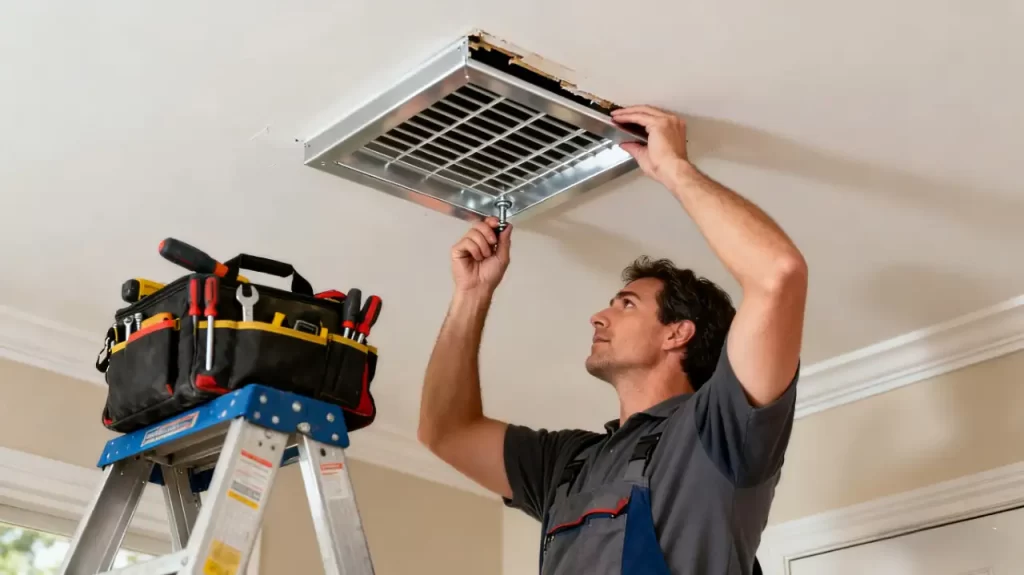
General Prep
- Turn off the HVAC system for ≥30 minutes.
- Wear an N95 mask, safety goggles, and gloves.
- Use a HEPA vacuum (≥99.97% @ 0.3μm), soft nylon brush, microfiber cloths, and pH-neutral cleaner (pH 6–8).
Removable Grilles (Standard Aluminum/Steel)
- Remove: Gently unclip or unscrew the cover; note orientation—many air registers have directional vanes.
- Dry Clean: Vacuum both front and back—dust accumulates heavily on the leeward side.
- Wet Clean (if needed): Only for sticky grime or mold. Wipe with a damp microfiber cloth—never spray liquid directly onto the grille.
- Dry Completely: Air-dry ≥2 hours or use oil-free compressed air.
- Inspect Dampers: Lubricate linkage points with food-grade grease if stiff.
- Reinstall: Ensure a flush, seamless fit—gaps cause short-circuiting and noise.
Fixed or Linear Slot Diffusers (Commercial Spaces)
- Use a long-handled soft brush + HEPA vacuum simultaneously to capture dislodged particles.
- Clean slot edges and internal vanes carefully—don’t bend airflow-directing blades.
- Never use water—moisture can seep into ceilings or duct insulation, causing mold or insulation failure.
High-Performance Environments (Cleanrooms, Hospitals, Labs)
- Use 316L stainless steel or hard-anodized aluminum diffusers (Ra ≤ 0.8μm surface finish per GMP Annex 1).
- Clean with 70% isopropyl alcohol (IPA) or hydrogen peroxide-based disinfectants—never chlorine-based cleaners.
- Follow cleanroom protocols: lay down lint-free mats, bag waste immediately.
- Post-cleaning, validate performance via particle counting (ISO 14644-1) and pressure differential checks.
Maintenance Frequency by Application
| ENVIRONMENT | RECOMMENDED FREQUENCY | KEY ACTIONS |
|---|---|---|
| Residential | Quarterly | Pair with MERV 8+ filter changes |
| Office/School | Every 2 months | Verify HVAC register damper alignment |
| Hospital/Lab | Monthly | Include in IAQ monitoring (TVOCs, PM2.5) |
| Kitchen-Adjacent Areas | Monthly | Use magnetic, quick-release AC vent covers |
| ISO Class 5+ Cleanroom | Weekly visual check; monthly deep clean | Post-maintenance airflow visualization test |
ASHRAE Standard 180 recommends inspecting terminal devices at least quarterly in commercial settings—and monthly in high-load environments.
Advanced Strategies: Beyond Cleaning
System-Wide Synergy
- Upgrade main filters to MERV 13 to capture 90%+ of 1–3μm particles—slowing vent fouling dramatically.
- Keep furniture and ceiling fixtures ≥30 cm from vents to preserve airflow patterns.
- Perform airflow balancing: use a flow hood to measure each ceiling register, adjusting dampers to keep ±10% of design flow.
Smart Monitoring
- Install pressure-sensing diffusers that alert when blockage exceeds 15%.
- Integrate data into your BMS (Building Management System) for predictive maintenance.
Design for Durability
- Choose high-FAR (>70%) linear slot diffusers over decorative grilles with tiny openings.
- In coastal or humid zones, specify 316L stainless steel or hard-anodized aluminum (≥25μm coating, 1000+ hrs salt spray resistance).
Common Mistakes to Avoid
- ❌ Pressure-washing vents: Forces water into ducts, damaging insulation and promoting mold.
- ❌ Spraying disinfectants: Corrodes aluminum/steel and releases VOCs, worsening IAQ.
- ❌ Closing unused room vents: Disrupts system static pressure—modern VAV systems compensate by running fans harder, increasing energy use. This is especially relevant when comparing floor vent vs. ceiling vent efficiency.
When to Call a Professional
Seek expert help if you observe:
- Widespread black mold inside vents or ducts
- Persistent low airflow after cleaning
- Imbalanced temperatures across multiple zones
- Cleanroom pressure failures or particle count spikes
These issues often require system-level diagnostics, duct cleaning, or airflow rebalancing—beyond DIY scope.
Conclusion: Small Component, Big Impact
A ceiling vent may seem minor, but its condition ripples through your entire HVAC ecosystem. Proper care can:
- Boost efficiency by 5–15%
- Extend system life by 3–5 years
- Reduce health risks and complaints
As ASHRAE Standard 180 wisely states: “Reliability begins at the terminal.” In an era of rising energy costs and heightened health awareness, integrating ceiling vent maintenance into your annual facility plan isn’t just smart—it’s essential.
-
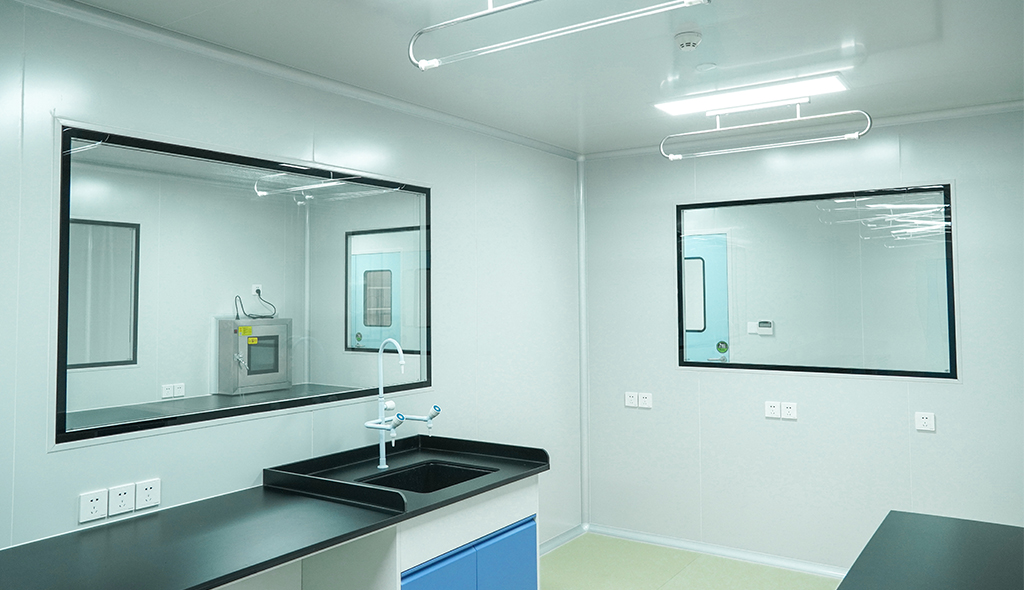 Cleanroom Glass Windows Are The Key to Maintaining a Clean Environment
Cleanroom Glass Windows Are The Key to Maintaining a Clean Environment -
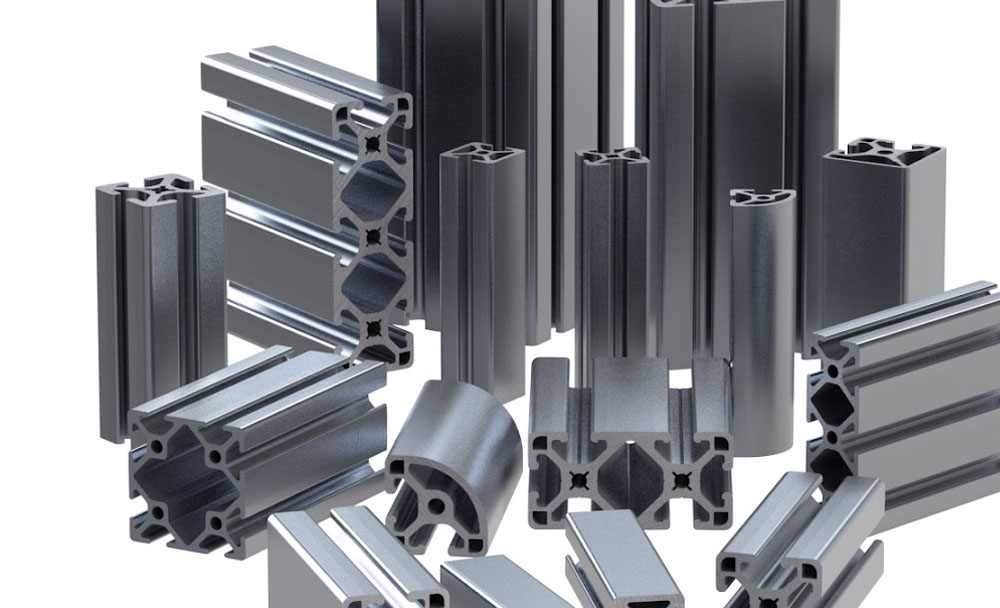 Top Aluminium Profile Manufacturers in China: Leading the Global Market
Top Aluminium Profile Manufacturers in China: Leading the Global Market -
 The Evolution of Air Tight Sliding Doors
The Evolution of Air Tight Sliding Doors -
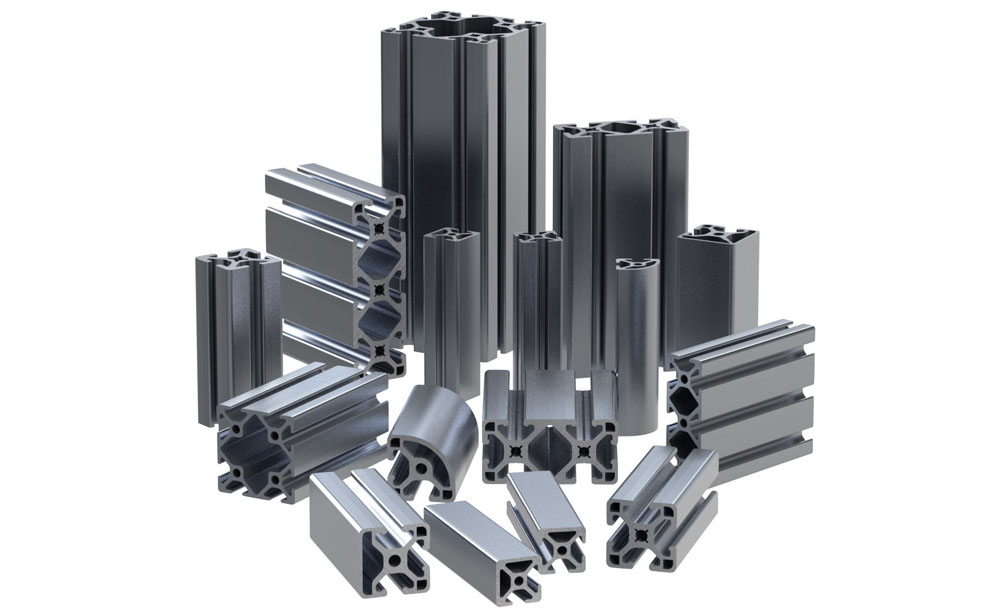 AHU Aluminium Profile: A Comprehensive Guide
AHU Aluminium Profile: A Comprehensive Guide -
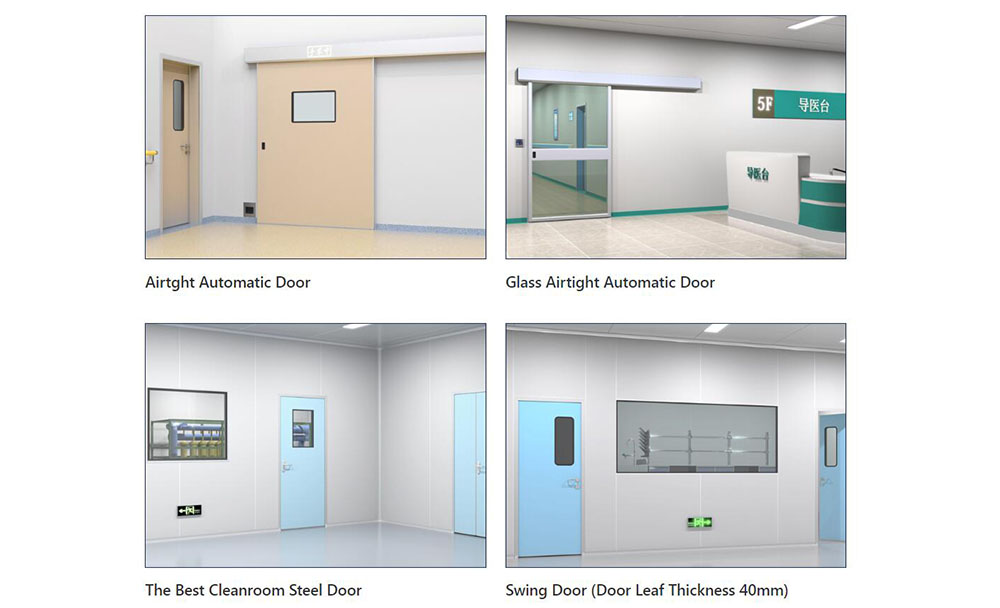 The Importance of Choosing the Right Cleanroom Door in Vietnam
The Importance of Choosing the Right Cleanroom Door in Vietnam -
 The Benefits of Hospital Automatic Doors: Enhancing Efficiency and Safety
The Benefits of Hospital Automatic Doors: Enhancing Efficiency and Safety -
.jpg) The Best Bathroom Door Manufacturers - Unlocking Endless Possibilities!
The Best Bathroom Door Manufacturers - Unlocking Endless Possibilities! -
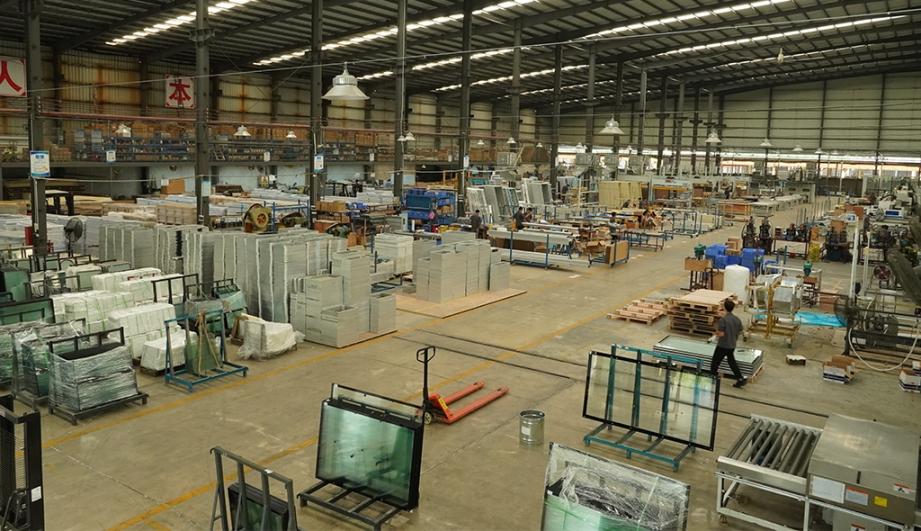 Unlock the Possibilities with AJ Manufacturing Doors
Unlock the Possibilities with AJ Manufacturing Doors -
 Make a Statement with Manufactured Home Interior Doors!
Make a Statement with Manufactured Home Interior Doors! -
 what is aluminum profile? Aluminum Profiles for Your Home is the best option
what is aluminum profile? Aluminum Profiles for Your Home is the best option
-
 How to Extend the Life of Your Exterior Steel Door
How to Extend the Life of Your Exterior Steel Door -
 What Are the Best Materials for AC Vent Covers
What Are the Best Materials for AC Vent Covers -
 Ceiling Vent Covers Labeled Fire-Rated? Here’s How to Verify
Ceiling Vent Covers Labeled Fire-Rated? Here’s How to Verify -
 Upgrading Lab Doors: When to Replace vs. When to Retrofit?
Upgrading Lab Doors: When to Replace vs. When to Retrofit? -
 Stainless Steel Door vs. Alternatives in Cleanrooms
Stainless Steel Door vs. Alternatives in Cleanrooms -
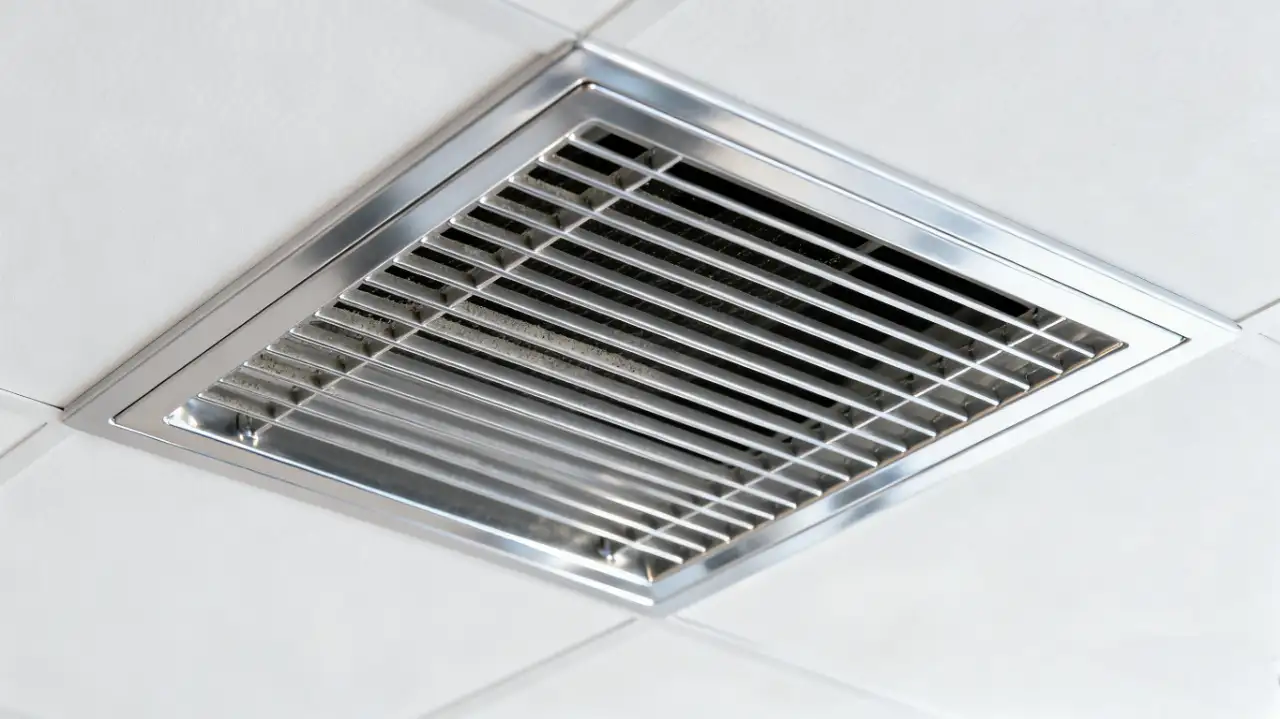 Ceiling Vent Care Tips to Boost HVAC Efficiency Year Round
Ceiling Vent Care Tips to Boost HVAC Efficiency Year Round -
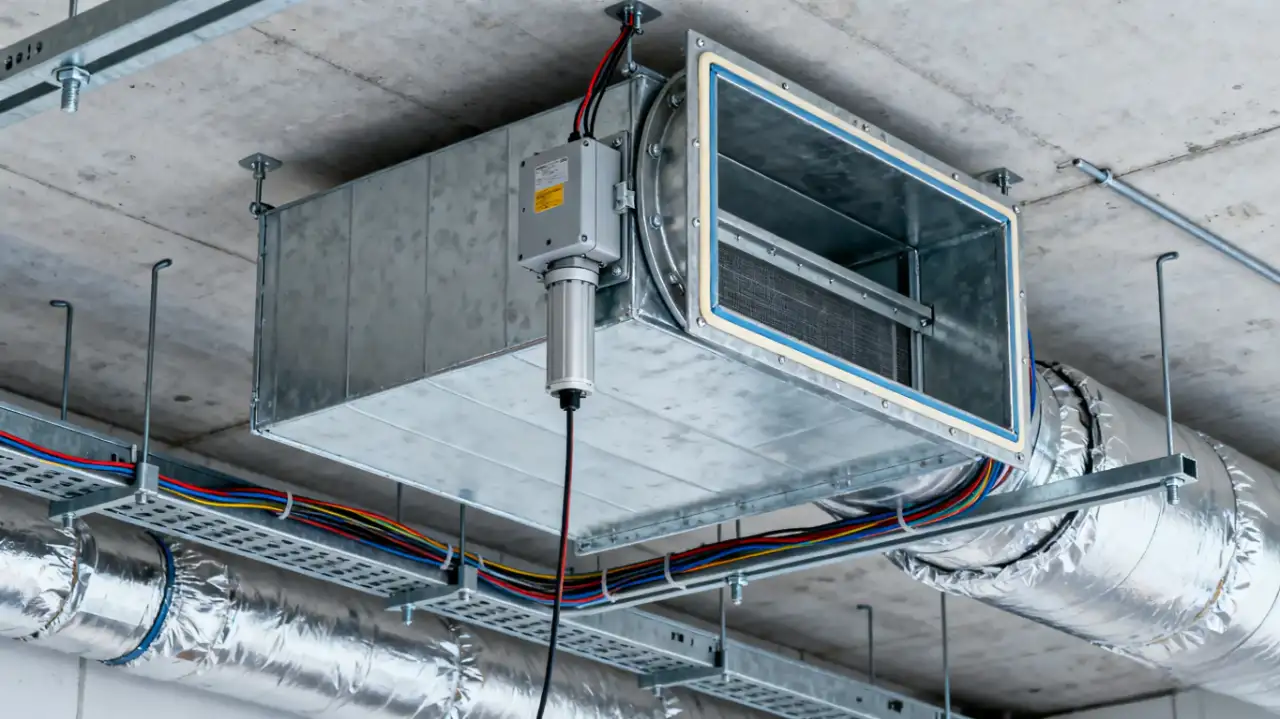 How Air Dampers Drive Efficiency in High Performance Buildings
How Air Dampers Drive Efficiency in High Performance Buildings -
 Why Semiconductor Manufacturing Can’t Function Without Cleanrooms
Why Semiconductor Manufacturing Can’t Function Without Cleanrooms -
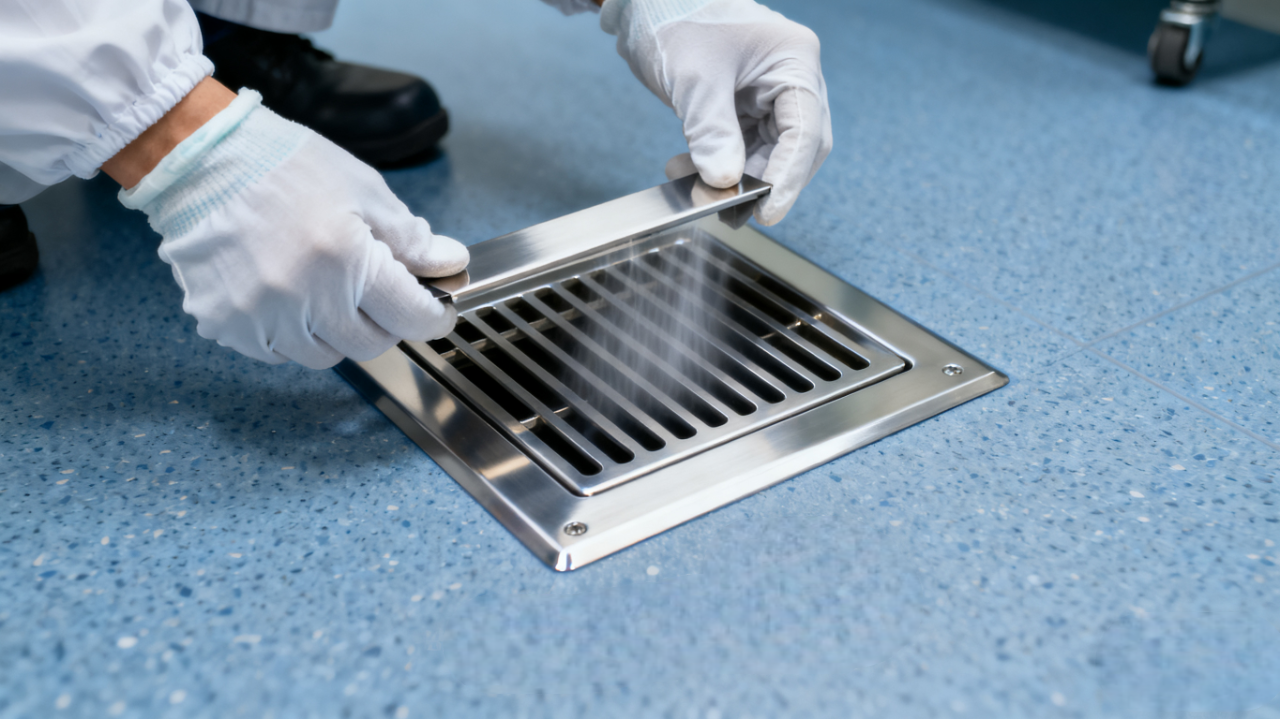 How to Select the Right Floor Vent for Cleanrooms
How to Select the Right Floor Vent for Cleanrooms -
 How to Clean and Maintain AC Registers for Peak HVAC Performance
How to Clean and Maintain AC Registers for Peak HVAC Performance

Guangzhou Yizhong Aluminum Industry Co., Ltd.
We are always providing our customers with reliable products and considerate services.
We are always providing our customers with reliable products and considerate services.










Speak Your Mind